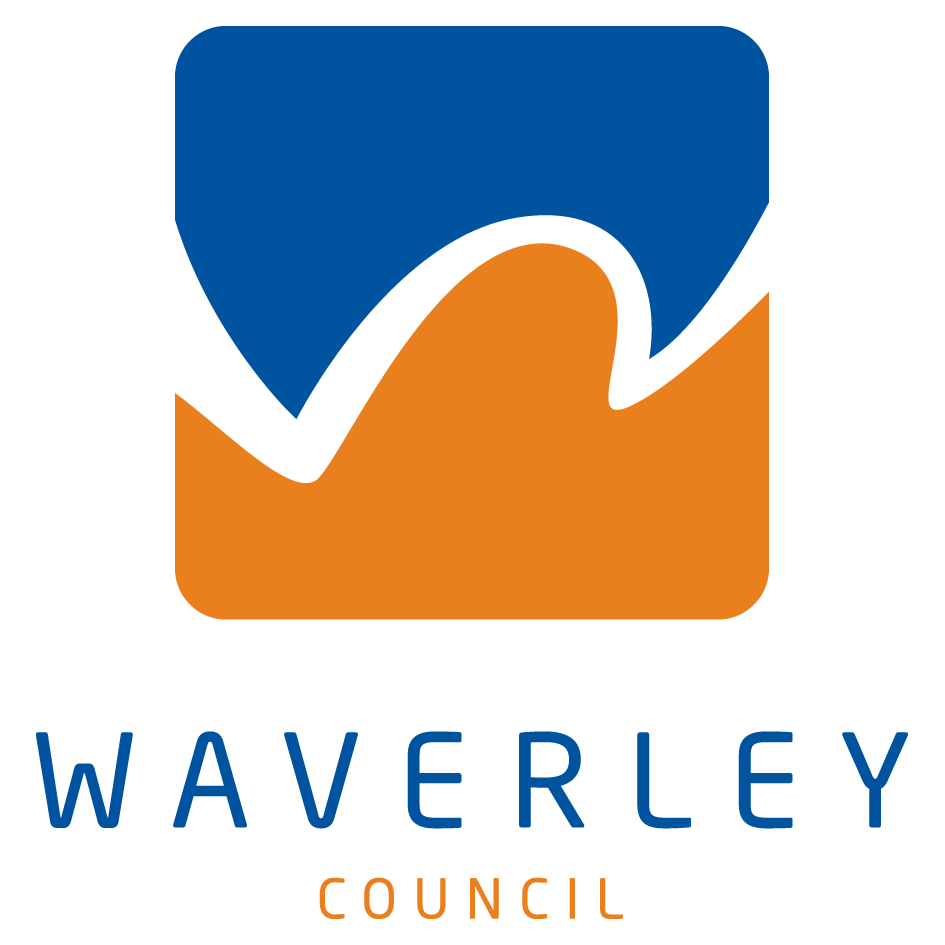Initially granted to a Scottish watchmaker, then 'Robertson Point', after three decades of private ownership, was leased out to two local businessmen in 1856.
They created a harbour-side amusement park - 'Cremorne Gardens', fit with a carousel, music and dancing stages, a rifle-shooting gallery, refreshments and themed local walks through the surrounding bush and headland.
Failing to remain a success, at two shillings a visit, the seaside amusement park evolved into a popular local garden for leisure seekers and weekend holiday makers.
In the 1880's the land owner James Milsons Jr, looking to capitalise on the incredible location, began plans for residential development around the peninsula.
An 1828 Government Order stipulating that a 100-foot setback be retained on remaining harbour foreshore lands around Sydney presented a problem.
Determined to incorporate the 100-foot shoreline into the development proposals, James Milson Jr sparked four court cases seeking to revoke the reservation ruling.
Unsuccessful in his attempts, he blatantly displayed allotments for sale, including the 100-foot reservation which angered the Crown and led to a Supreme Court Hearing. In 1891 the Supreme Court, after listening to passionate residents of the area, concluded that 'the land, therefore, belonged to the public, and always had belonged to the public.'
But the battle wasn't over just yet.
Around the same time, the Sydney and Port Hacking Coal Company Ltd. sought a license to mine coal at Cremorne Point. The community and the newly amalgamated North Sydney Council combined forces to protest the industrialisation over 12 years and, in 1905, the Cremorne Reserve was gazetted.
Through fierce community and Council support, with prominent Australian artist Arthur Streeton passionately involved, this beautiful public asset was preserved for the many generations to come.






























